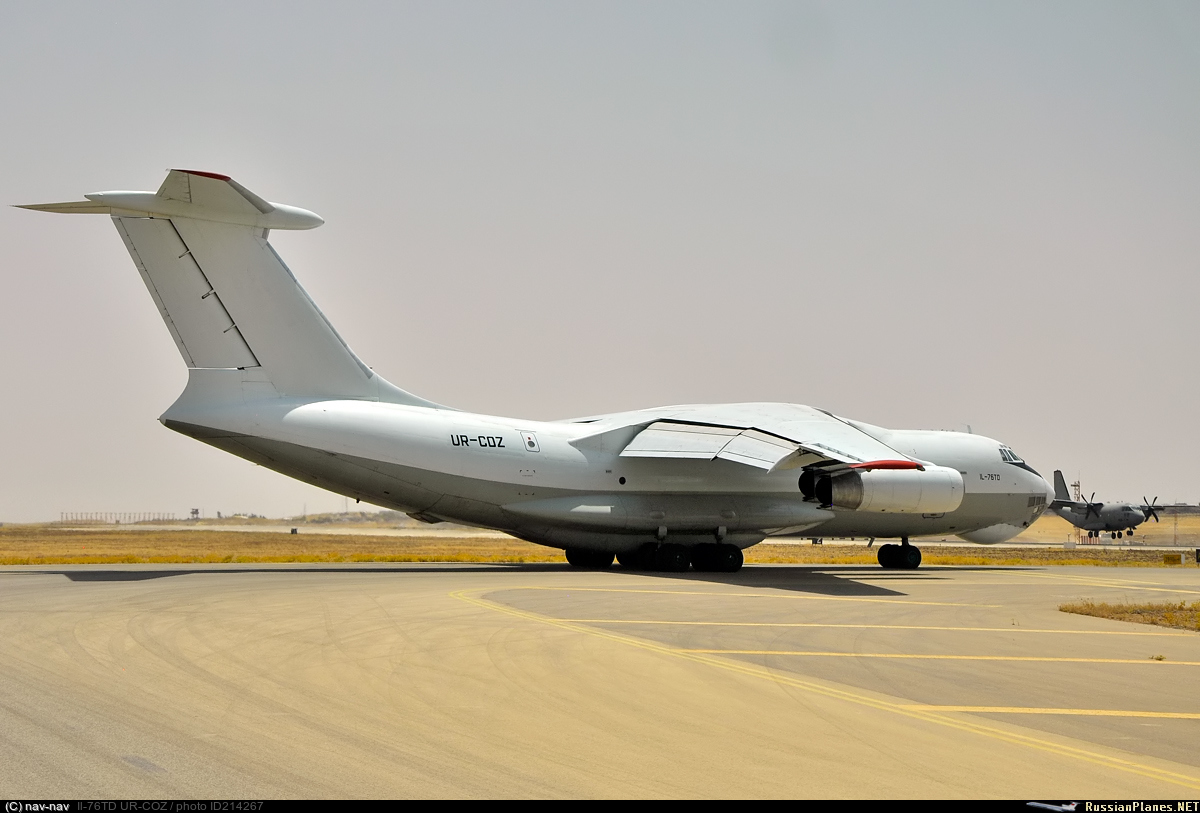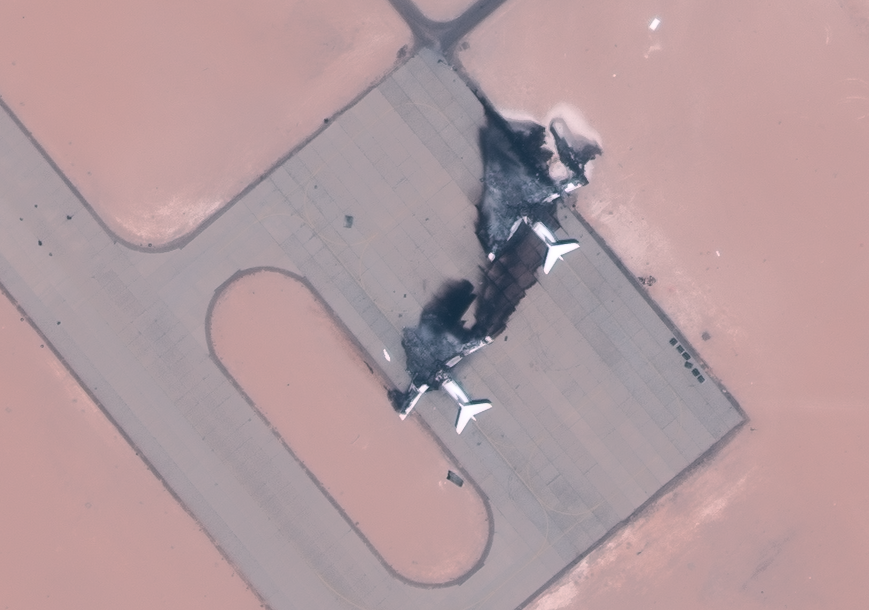Libyan Proxy War Heats Up: 3 Ukrainian-Owned Il-76s Destroyed
The proxy conflict in Libya has begun to heat up between the Turkish supported Government of National Accord (GNA) and the Libyan National Army (LNA) supported by Egypt and the UAE. On July 27th, two Il-76s (strategic airlifters) that had originated from the UAE with supplies for the LNA were struck by drones while parked at Al Jufra Airbase, Libya. The missiles were likely fired from Turkish Bayraktar UCAVs, given that the GNA only operates small drones like Orbiter 3 (supplied by the Turks), which are incapable of striking targets unless by suicide. Additionally, Al Jufra airbase is relatively far from the fighting and potentially out of reach for small UAVs. The LNA air force attempted to retaliate on Aug 5th, by striking Al-Minwah Airbase where reconnaissance had shown Turkish UAVs to be operating from.

What makes things more interesting is the Il-76s were owned neither by the UAE, Egypt, or the LNA. They were in fact rented from a Ukrainian company Europe Air. Tragically, a Ukrainian captain was killed trying to retrieve documents from one of the aircraft as it burnt up.

Turkey isn’t the only one operating drones in Libya, with a UAE owned Wing Loong II being downed allegedly by a Turkish laser on Aug 4th. Indeed, Turkey isn’t the only one blowing up Ukrainian Il-76s. In further retaliation for the July 27th attack, on Aug 6th, UCAVs destroyed an Il-76 that had departed Turkey and landed at Misrata airport in GNA territory. Allegedly the aircraft was carrying humanitarian supplies though given Turkey’s open supply of weapons to the GNA this is somewhat doubtful. The attack was likely committed by Emirati-operated Wing Loongs, like the one shot down a few days prior. What supports this is the fact that the aircraft was attacked almost immediately upon parking which would require a level of intelligence and coordination the LNA likely doesn’t possess. The Il-76 was owned by SkyAviaTrans, a different Ukrainian company to the ones destroyed at Al Jufra. No casualties occurred besides light injuries as the crew managed to evacuate during the strike.

This sequence is without a doubt the brashest direct action the Turks and Emiratis have taken during the Second Libyan Civil War, which has increasingly become a proxy conflict between the two. Both sides, including the Egyptians, had mostly stayed on the sidelines providing supplies and intelligence but rarely directly involving themselves. After the LNA began its offensive to oust the GNA from the capital Tripoli their respective benefactors have gotten more involved as the stakes were raised but avoided striking each other. While attacking chartered cargo aircraft on the ground with UCAVs is far from shooting at each other it’s certainly an escalation.
In late June, the LNA took several Turkish sailors hostage to which Turkish President Erdogan threatened force if they weren’t released. They were released shortly afterward, demonstrating that the LNA and their benefactors are likely interested in keeping the conflict at a simmer.
Another key issue is what will replace the lost cargo aircraft. Future contracting with Ukrainian firms is obviously improbable, which bears the question will Egypt, the UAE, and Turkey use their own aircraft? In an instance of convenient timing, not more than a week after the incident at Al Jufra Egypt received two Il-76s that it had agreed to purchase from Jordan in 2018. The Emirates have C-17s and the Turks A400Ms but deploying them to Libya is a risky proposition for such valuable assets.
Libya’s own transport fleet has been almost completely depleted at this point. Since the start of the First Libyan Civil War in 2011, more transport aircraft have been destroyed on the ground than in any other 21st-century conflict. The toll includes 6 Airbus’ airliners, 6 other civil aircraft, and 4 Il-76s (not including those discussed earlier).


The most catastrophic loss was an An-124 super-heavy transport aircraft. Libya operated two of these behemoths before the war started. One was in Ukraine for repairs when the civil war broke out and was impounded. The other managed to survive up until June 2019, when it was destroyed on the ground at Tripoli International Airport by rocket fire. In April 2019, the LNA captured the airport and the fight for control of the surrounding area has been intense. Counter-attacks by the GNA have driven the frontline to within miles of the airport, allowing them to attack parked aircraft with artillery. Deploying such a large irreplaceable aircraft inside artillery range was remarkably reckless, though the ability to fly 150 tonnes of payload directly to the front is admittedly hard to pass up.
How many more aircraft will meet their end on Libyan tarmac?

